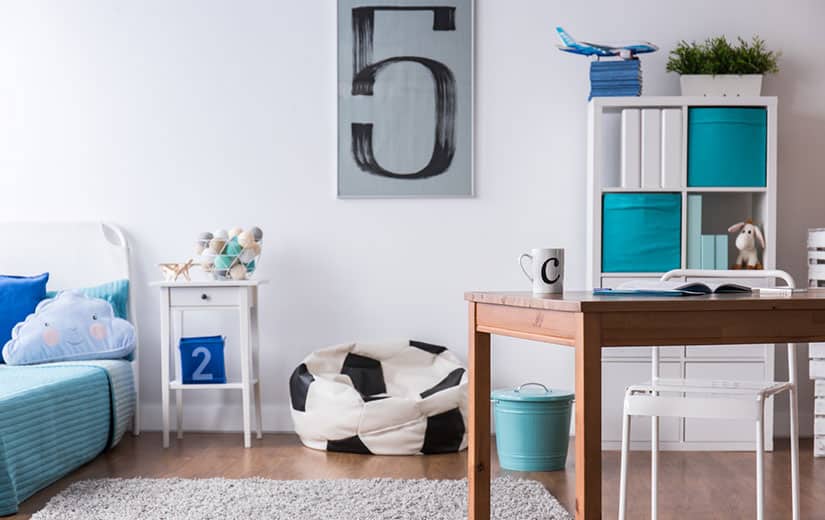As part of the installation of a surveillance system, it is important to choose your indoor camera. Indeed, more than a simple gadget, this equipment is an effective deterrent. In particular, it allows real-time monitoring of all movements in a room or in any other enclosed space. In addition, in the event of an intrusion, the recordings made are very valuable. However, faced with the wide variety of models available today, making the right choice is not easy. Here are our tips for choosing the right indoor camera.
Summary
How to choose your indoor camera according to the intended use?
To choose the right indoor camera, the first step is to clearly define the use you want to make of it. In this context, the answers to the following few questions allow us to see things more clearly:
- Do you want to monitor a single room or the whole house?
- What is thedesired location ?
- Will the camera be on all day?
- What features are important to you?
- Is the camera installation planned in the construction/renovation plan of the building?
By answering it, you will be able to determine in particular whether it is preferable to opt for a wired camera or rather for a wireless indoor camera.
If they are not provided for during the construction work, the installation of wired cameras can require significant extensive work. In this case, wireless cameras are more suitable. Note, however, that beyond a certain distance, their signal becomes weak. Also, note that obstacles such as concrete walls can greatly interfere with image transmission.
Furthermore, if you intend to associate your indoor camera with other devices, it is necessary to ensure compatibility so as not to buy an inappropriate model.
Image quality: an essential criterion
An indoor camera whose images are not clear immediately loses most of its interest. Do not make any concessions on the quality of the images! To do this, consider the following characteristics:
The resolution
The image resolution of the indoor camera is one of the very first characteristics on which your choice must be based. Indeed, the higher it is, the more detailed the images will be.s. The latter will thus be more widely exploitable.
Current digital cameras offer various resolutions, with in ascending order:
- VGA: 640 x 480 pixels. This is the standard resolution;
- S-VGA: 800 x 600 pixels;
- HD 720P: 1280 x 720 pixels. This is a High Definition resolution;
- HD 1080P: 1600 x 1200 pixels.
Some indoor cameras offer even higher resolutions, ranging up to 2560 x 2048 pixels.
The angle of view
Also pay special attention to the maximum viewing angle of the camera. The larger it is, the larger the monitoring area will be. Depending on your needs, you can also choose a motorized camera rather than a fixed model.
Also read: What equipment to optimally secure your home?
infrared technology
For proper surveillance at night, it is essential to choose an indoor camera equipped with an efficient infrared system. However, it is also important not to stop at this single detail on the data sheet. Indeed, the lens of this type of camera is surrounded by a set of LEDs that illuminate the scene. The viewing distance of these LEDs varies from camera to camera. For quality night images, be sure to choose a model with a viewing distance adapted to the scene you want to film.
Audio quality: an often overlooked but important detail
When looking for a camera for inside your home, this may not really be the first criterion you think of. However, depending on the purpose of your surveillance system, good quality audio may be essential. For a camera to be used as a baby monitor, for example, the quality of the microphone is essential. It should allow you easily identify voices. Furthermore, if you want an alarm to sound automatically in the event of an intrusion, for example, it is important not to neglect the quality of the loudspeaker.
The type of storage: a matter of security
Two types of storage are generally offered on surveillance cameras:
- the SD memory card storage. Here, the camera has a microSD port that allows you to insert a card in order to record the video stream. This option has some weaknesses. Indeed, a thief can for example access the device, unplug the SD card or steal it. You will then no longer have access to the recordings;
- the cloud storage. Here, the backup of the video stream recorded by the camera is done directly online. There is therefore no risk of theft. You can access the recordings 24/7, and this, from any location. However, this option may incur an additional cost.
What type of power supply for your indoor camera?
Surveillance cameras operate either on battery power or by direct connection to the mains. In the first case, it is necessary to provide a second battery to ensure continuous operation. Operation on electric current involves fewer constraints. It is possible to establish the power supply directly on house current or via an RJ45 cable which, in addition to transporting the data, ensures the connection to the electrical network.
The mobile app, a criterion that can make the difference
For receive alerts and keep an eye on the inside of your home or office remotely, a mobile app now accompanies most recent surveillance cameras. Some stand out for the different functionalities they include and for their ease of use.
Finally, with regard to the budget, the price of an indoor camera can vary from ten to several hundred euros. It all depends on the definition and on-board features. For a suitable model, plan at least a hundred euros.
Also read: How to protect your home from major disasters?





